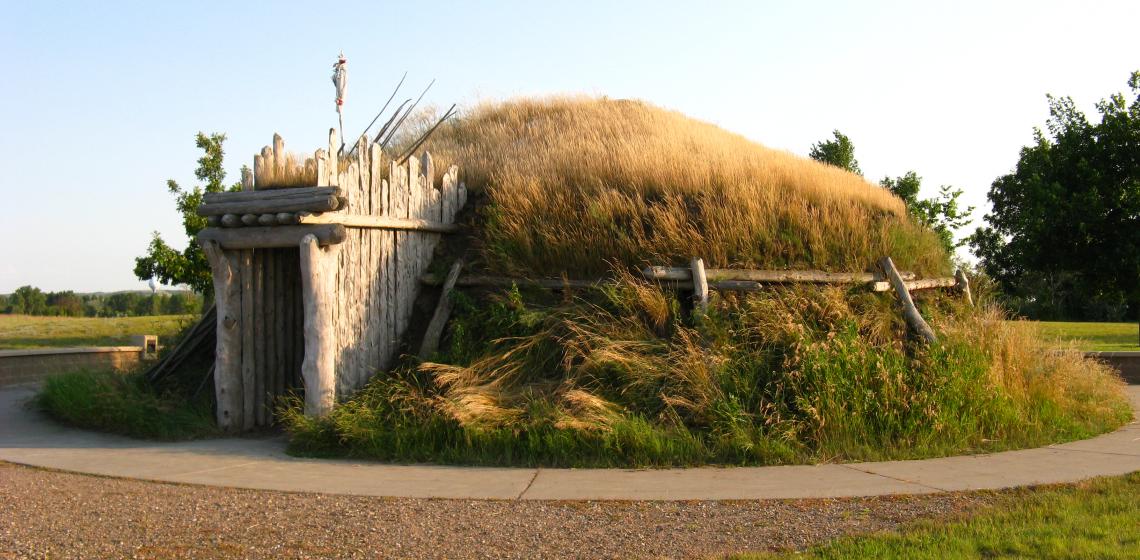Somerset Place (US)
Somerset Place is a representative state historic site offering a comprehensive and realistic view of 19th-century life on a large North Carolina plantation. The plantation was in use for 80 years (1785-1865). By the mid-19th century, the plantation counted over 50 buildings.
With the end of the plantation system, Somerset Place plantation passed into history. The owners eventually sold and left the property.
The present-day historic site includes 31 acres, seven original 19th-century buildings. With the goal of accurately representing the lives and lifestyles of the plantation's entire antebellum community, the Department of Cultural Resources has acquired the reconstructed Overseer's House and reconstructed representative one-room and four-room homes where enslaved families once lived, along with the plantation hospital.









